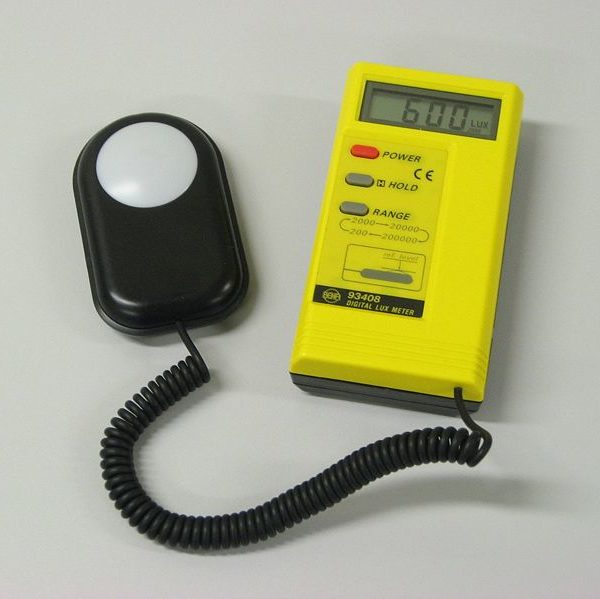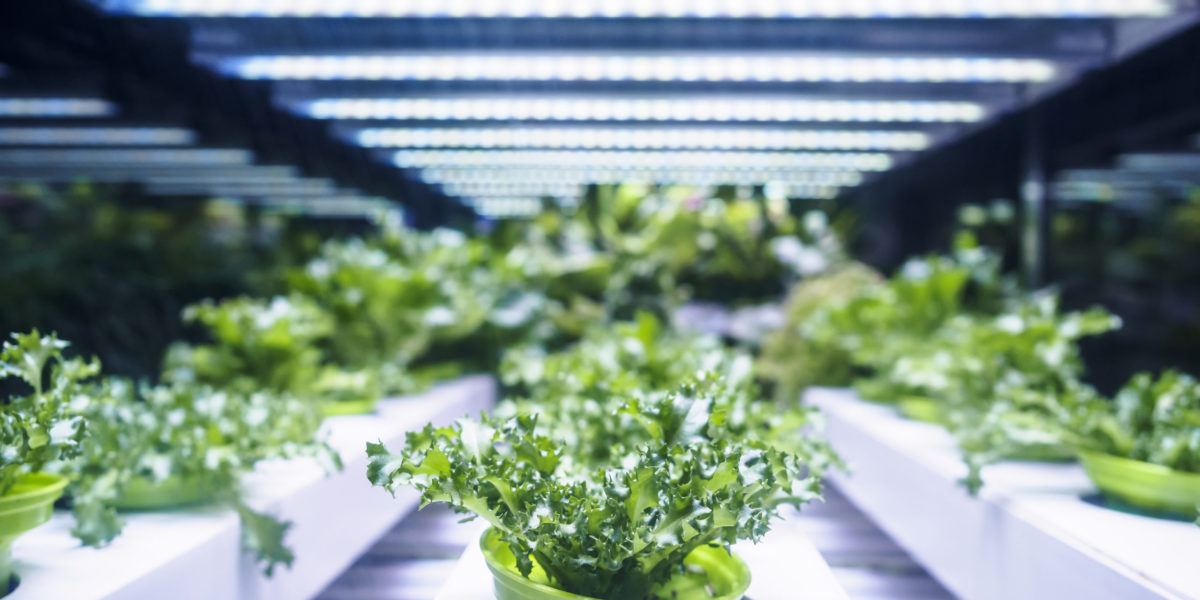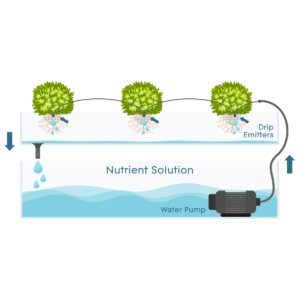Lux Levels
What are lux levels? Lux levels are another way of measuring light output. Where PAR (photosynthetic active radiation) shows what light plants take in at various wavelengths, lux levels deal more with visible light.
Although plants use a lot of light that isn’t visible to us, there are plenty of advantages to measuring lux levels for hydroponic plants. It’s actually quite surprising how much we can learn about from this measurement, and how much our plants can benefit when we do.
Are Lux Levels Important for Growing Plants?
There are a few main ways of measuring light, at least when it comes to hydroponics. You have lumens, lux, and PAR. Lux levels actually consider the amount of radiance or illumination that shines on a given square meter. Lumens simply measure the output of light. When you’re growing plants in hydroponics, it’s important to make sure plants get the most out of the light you provide.
While lux levels may not be the end all be all of your lighting schematic, they do give you important information about your grow situation. Plants receiving less lux than others may not thrive, while those receiving too much may end up dehydrated and burned. Most people think that because lux is used to describe visible light, it doesn’t have any bearing on how well plants take it in. It’s true that plants need certain wavelengths of light to thrive. But it’s also true that if you can’t see how much light each plant gets, some may not get enough and won’t grow as well.
In short, you can grow plants without measuring lux levels. But if you want to make the most of your harvest, you should do it.



